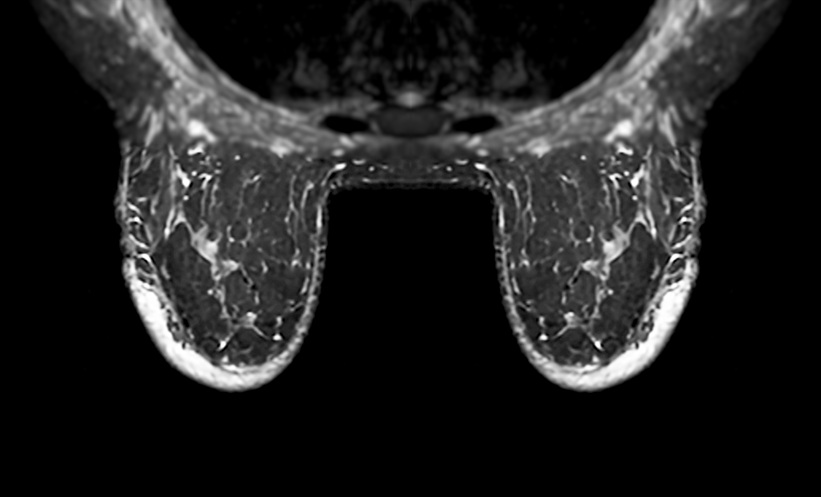CANCER RESEARCH UK have launched a free iOS app to assist doctors as they decide their next steps in managing patients with pulmonary nodules.
The new app has been designed to allow clinicians to easily access the information needed when deciding whether pulmonary nodules might be cancerous and require further treatment. It was developed in partnership with the British Thoracic Society (BTS) and has been given the name: Pulmonary Nodule Risk.
The app features the Brock and Herder risk prediction tools, as well as volume doubling time (VDT) calculators to help characterise the nodules and provide estimates of the malignancy of nodules. It then provides associated recommendations from the according to the guidelines published by the BTS in 2015 for the management and investigation of these small masses of tissue found in the lungs.
In a statement, Professor David Baldwin, Consultant Respiratory Physician at Nottingham University Hospitals, Nottingham, UK, and member of the BTS, explained: “The new app is a very useful tool for healthcare professionals to help guide their assessment, diagnosis, and treatment of pulmonary nodules ensuring that management is evidence-based.”
“It builds on the existing and very popular ‘BTS Pulmonary Nodule Risk Prediction Calculator’ and we are delighted to have partnered with Cancer Research UK to develop the app so that it will make the guideline so much more accessible via the App Store,” Prof Baldwin said. “It means that many more practitioners will be able to access the essential elements of the guideline on the go, and in different settings within the hospital.”
The app is currently only available on iOS devices but its creators are considering Android and Windows versions if there is great enough demand.
Jack Redden, Reporter








